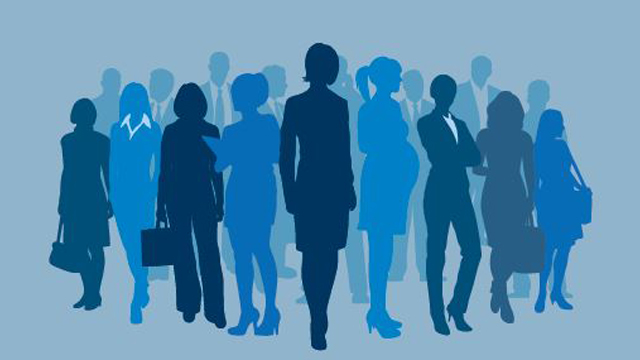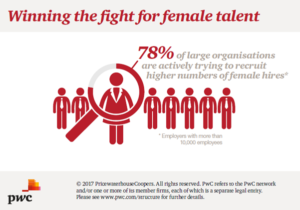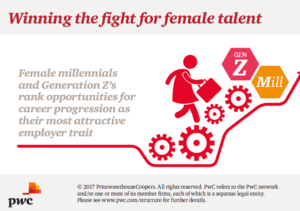In honor of International Women’s Day and Women’s History Month, the actions of women entrepreneurs and leaders are being recognized by governments, businesses and society more broadly throughout March.
First recognized in 1908 by 15,000 women who marched on New York City, calling for improved working conditions and the right to vote, International Women’s Day is now celebrated globally each year on March 8. This year, International Women’s Day is focused on the theme of #BalanceforBetter with the aim of achieving a gender-balanced world.
Some of the fantastic International Women’s Day events that were held by government-related and cultural-affiliated entities in 2019 included:
- New York: The sixty-third session of the Commission on the Status of Women will take place at the United Nations headquarters from March 11 – 22. The event will convene individuals from UN entities and non-governmental organizations to discuss women’s empowerment initiatives.
- Washington, DC: The US Chamber of Commerce Foundation and the US Department of State hosted The Equality Opportunity, which on March 6 – 7 brought together stakeholders from business, government and civil society to discuss ways to further gender equality.
- London: The Museum of London displayed a special “Votes for Women” exhibit, featuring pieces from the museum’s suffragette collection.
Corporations are also recognizing the importance of a gender diverse workforce by hosting events in recognition of both International Women’s Day and Women’s History Month. View the full list of nearly 600 events listed on the official International Women’s Day website.
Businesses have a crucial role in recognizing the importance of a gender diverse workforce. Goldman Sachs is one of them. The firm has long been a leader in research that sheds light on the important role and untapped potential of women in the global economy.
Insights Driven by Data
Consider this: women make up about 40% of all employees at S&P 1500 companies, but just 6% of CEOs. And across the U.S. economy, women are paid about 20% less than men.
In Closing the gender gaps: Advancing women in corporate America, the Goldman Sachs Global Markets Institute looks at possible explanations behind these gaps. These include frictions between home and work; the double-edged sword of “family-friendly” policies; gender-specific expectations about appropriate behavior, norms of leadership and definitions of success; the allocation of commercial opportunities; and bias, whether conscious or unconscious. The report offers strategies that firms can use to help level the playing field, such as helping women re-enter the workforce or “upshift” their careers, carefully reviewing compensation and promotion practices, and adding women to companies’ boards.
Taking Action
Goldman Sachs has extended its commitment to female economic empowerment through two flagship platforms – 10,000 Women, an ongoing initiative to foster economic growth by providing women entrepreneurs around the world with a business education and access to capital, reaching women from over 50 countries globally; and Launch With GS, Goldman Sachs’ commitment to invest $500 million in women-led companies and investment managers, as well as to build a global network of business leaders to facilitate connections, share ideas, and uncover opportunities. Additionally, the firm has been focused on its internal efforts supporting opportunity at all levels.
Collectively, Goldman Sachs has four key initiatives that are focused on women’s empowerment – academic, philanthropic, commercial and cultural pillars – called When Women Lead. This is driven by the idea that when women lead, everything changes.
The Role of Philanthropy
One of the initiatives that GS recently launched is the “Portraits” campaign – instead of the traditional CEO oil painting in a gilded gold frame, the campaign makes the portrait subjects graduates of the 10,000 Women program, Goldman Sachs’ global initiative that fosters economic growth by providing women entrepreneurs around the world with a business and management education, mentoring and networking, and access to capital. The portraits are accompanied by the name plaque “CEO.”
An accompanying video brought to life one 10,000 Women scholar’s story, Ayo Megbope, as her CEO portrait is unveiled and brings to life her role as an entrepreneur. Filmed in Ayo’s hometown of Lagos, Nigeria, the video juxtaposes her story against the arrival of her CEO portrait to hang on the wall of her business.
Looking Ahead
As we reflect upon this year’s International Women’s Day, the advancement of women in the workplace – and more broadly the state of diversity in the corporate world – is top of mind. While some progress has been made, there is still ample room for further improvement.
To that end, Goldman Sachs is committed to having women represent 50 percent of the firm’s global talent over time, and as an initial step, is working toward ensuring women make up 50 percent of the firm’s incoming analyst class by 2021. We continue to work toward these goals.



 By Dale Meikle, PwC
By Dale Meikle, PwC By Nicki Gilmour
By Nicki Gilmour







